Teaching Language
I am a sort of “seat-of-the-pants” educator, who relies very heavily on subtle, sometimes unconsciously detected, cues to inform my approach in the classroom. I just feel when they’re “getting it”, who’s not, and why not.
I sometimes learn more from evaluating what I did—and why I must have felt it should be that way—then I ever do from trying to anticipate the need and plan for it.
So, over time, I have collected a mass of data of “what I did”, and am starting to see some truly amazing patterns.
Language through the Phases
By learning inductively (taking mass data and drawing a specific conclusion from it), I have come to believe the following: language development follows the Phases of Learning.
I don’t mean a child in his home learning his native tongue.
I mean: later study of a second, third, etc., language, follows the form of the passage through the Phases of Learning. I believe that language is so intrinsic a process in our development of self, ideas, purposes, perceptions, etc., that whenever we undertake to truly embrace a new language (as opposed to just learning it in a rote fashion) we must do so by passing through the Phases in that language.
To put this in practical terms, let me be specific.
Core Phase
1. Have an intrinsic value that animates you to learn the language. It can be a sense of mission, a desire to relate to a particular person or group of people, a need to access a certain body of knowledge, a sense of connectedness with a particular time period or place, etc.
Principle: You gotta want it, and you gotta know why you want it.
 2. Enrich your Core experience through the new language. Gravitate initially toward the vocabulary, ideas and media that will validate your Core.
2. Enrich your Core experience through the new language. Gravitate initially toward the vocabulary, ideas and media that will validate your Core.
Principle: Build from your Core outward.
3. Intersect on as many points as possible—even though they are abstract and seemingly impractical.
This means an immersion experience should be a part of the process.
It can be an all-or-nothing submission to life with a family of speakers of the target language, or as simple as using episodic immersion sessions in a classroom setting.
This broad, shotgun approach approximates the infant-toddler acquisition of words based on utility, frequency, interest, and other values such as “I can pronounce that one easily”, “that one is fun to say”, “that word gets me what I want”, “I get attention for saying those two words together”.
Principle: The broad, unconnected exposure serves as a wide scaffolding to relate and connect later words and concepts for a network of understanding like a neural net.
It’s like: you’re building a peg board with a bunch of holes, and later all you have to do is hang things on it.
4. As an educator of language, read aloud with the students, allowing them to repeat after you, to anchor the sounds, rhythms of speech and vocabulary, with the meaning/translation quietly repeated in the pauses in sotto voce.
Repeat, repeat, interject the meaning like a subconscious thought in their mind, repeat. Give them the sense that they understand it on their own.
Principle: Give liberal support to them in the process while they can’t do it alone.
Love of Learning
1. Learn the language in a holistic, creative, whimsical way.
Use rhymes, role plays, cartoon art, songs, dances, cooking.
Tell stories with mixed vocabulary—using words they know from the target language mixed with English words where the vocabulary doesn’t reach.
Use puns, riddles, games like cards and charades, telephone, beanbag tosses, etc.
Principle: Keep it fun; help the brain make fluid associations in a non-threatening environment.
2. Use one-on-one coaching; let a shy one look on and learn by observing others; give a gregarious one a chance to explain a principle to a group or tutor a newer student; give a solo-flyer the freedom to study independently, etc.
Create situations in which you can evaluate without any judgment on acceptable/unacceptable performance.
Principle: Tailor the environment to the learning style, pace and personality.
Teach to the strengths; don’t emphasize weaknesses.
3. Have the students share their successes and tricks for learning, in a talent show, writing anthology, art sharing time, etc.
Principle: Teaching = Learning; Sharing = Investment.
4. Expose the student to the great ideas of the culture/language. Examine the lives, works and ideas of native speakers of the language who made important contributions to their society and the world at large.
Principle: Epiphanies = Passion; Relevance = Commitment. Inspire, not Require.
Scholar Phase
1. Engage a serious study of the important works in the language.
Critically analyze the forms, content and impact. Increasingly set quantifiable student goals for technical excellence.
Use the Classics in the language to teach principles of grammar, word choice, tone, style.
Principle: After Core and Love or Learning are fully active, the student is ready to address weaknesses and conform to standards.
2. Find a meaningful forum for the student’s original work in the target language.
Use the Five Environments of Teaching to deliver a well-rounded experience.
Use the system of making and keeping formal commitments to a mentor to leverage progress.
Principle: Time for them to study, study, study. Nothing else can take its place.
Depth Phase
1. Time to engage a formal mentor with a broad and deep experience and personal commitment to help the student achieve his personal mission.
Principle: Time for sub-mission.
2. Expand the breadth and depth of knowledge in the target language by studying its classics and contributing to the dialog.
Time to write, speak, teach, explore, persuade and impact in the target language with a purpose of being a force for good.
I believe Providence takes a special interest in our language development when our express purpose is to use it to serve.
Call it good Karma, if you prefer, but my experience and that of many, many others is that there is a special sort of grace that attends when our altruism and our diligence align to a single purpose.
Principle: The rubber starts to hit the road.

I hope the analogy isn’t too tired.
I continue to learn more on it as I ponder and review my experiences.
I think the template could be applied to many other disciplines and fields of knowledge and accomplishments.
But that’s a whimsy for another day….
rd
For more on this topic, see:



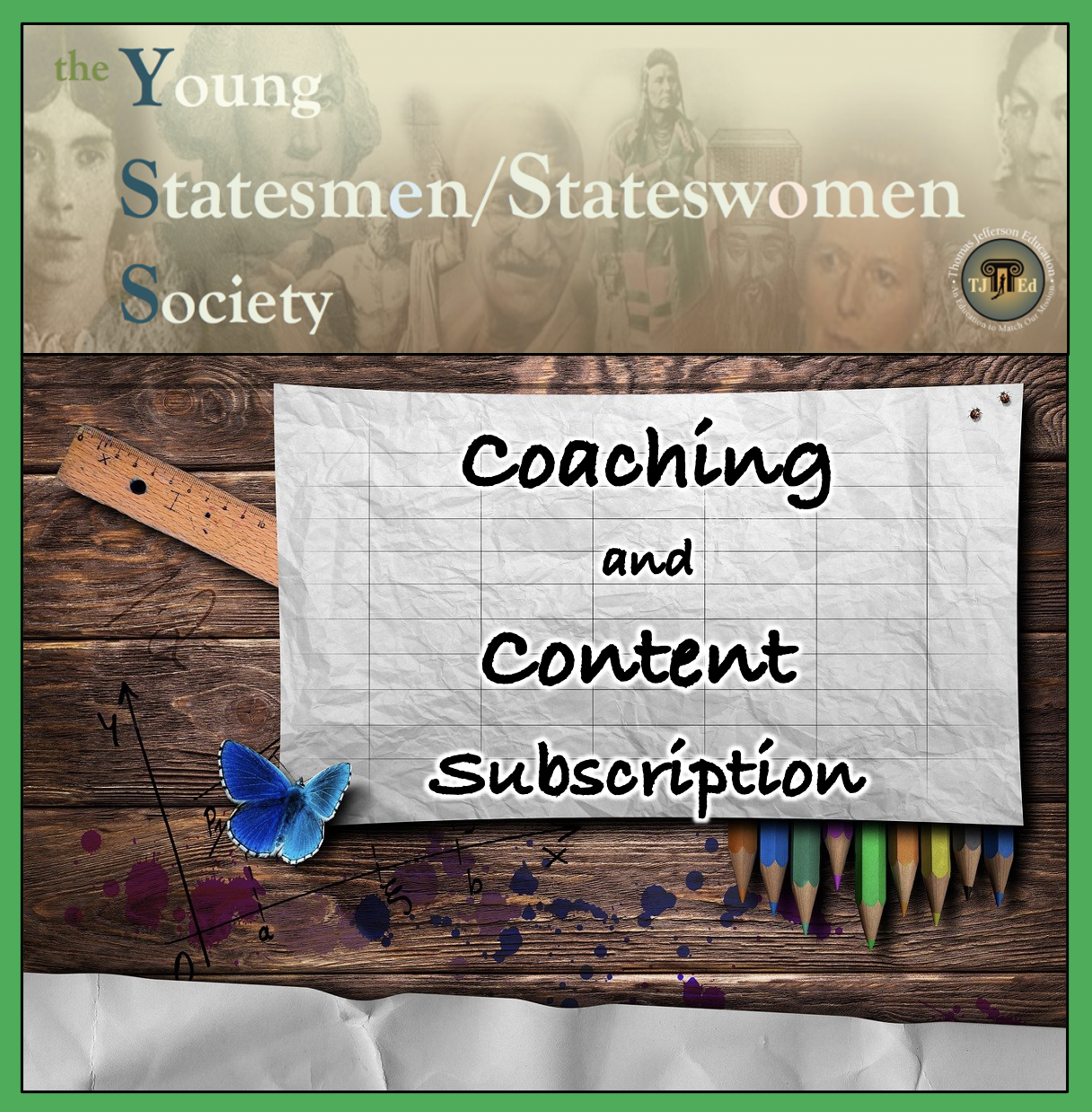
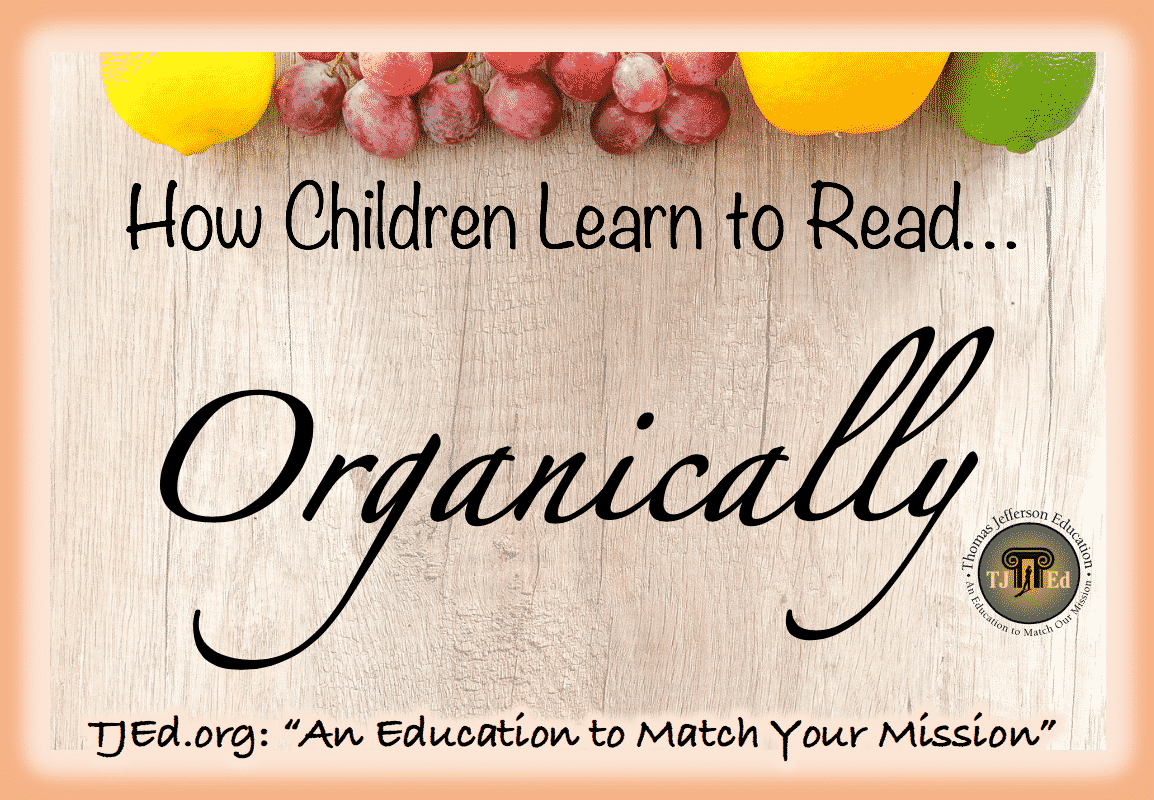




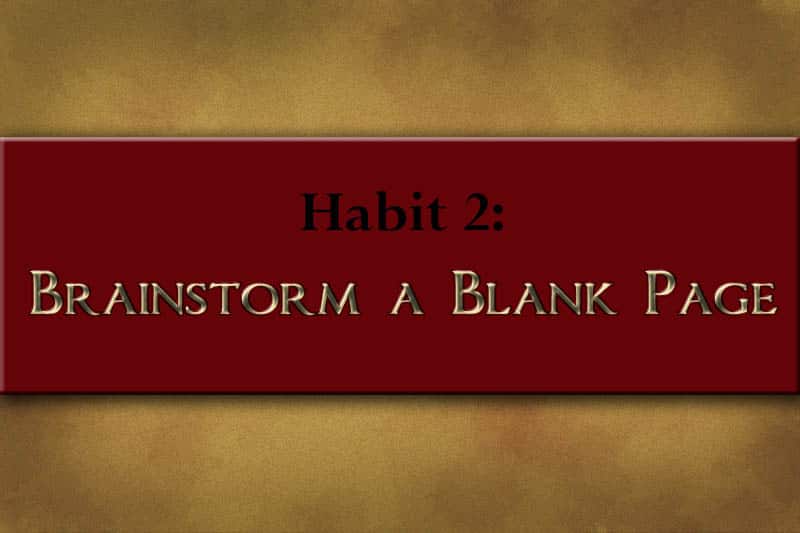












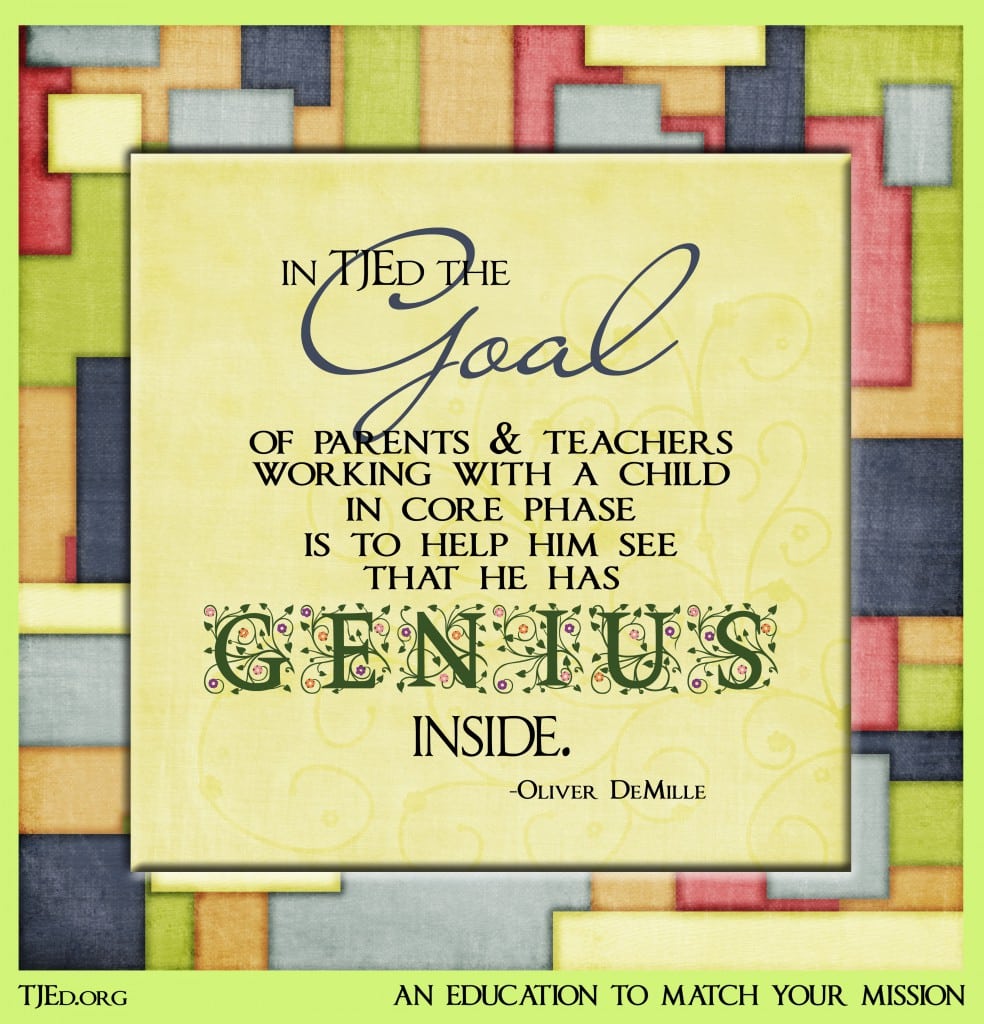



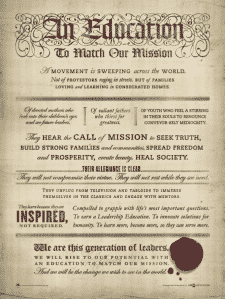



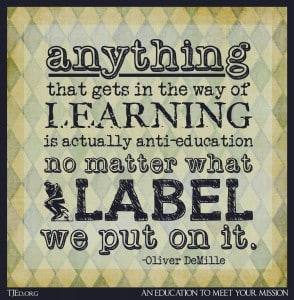
Leave A Comment